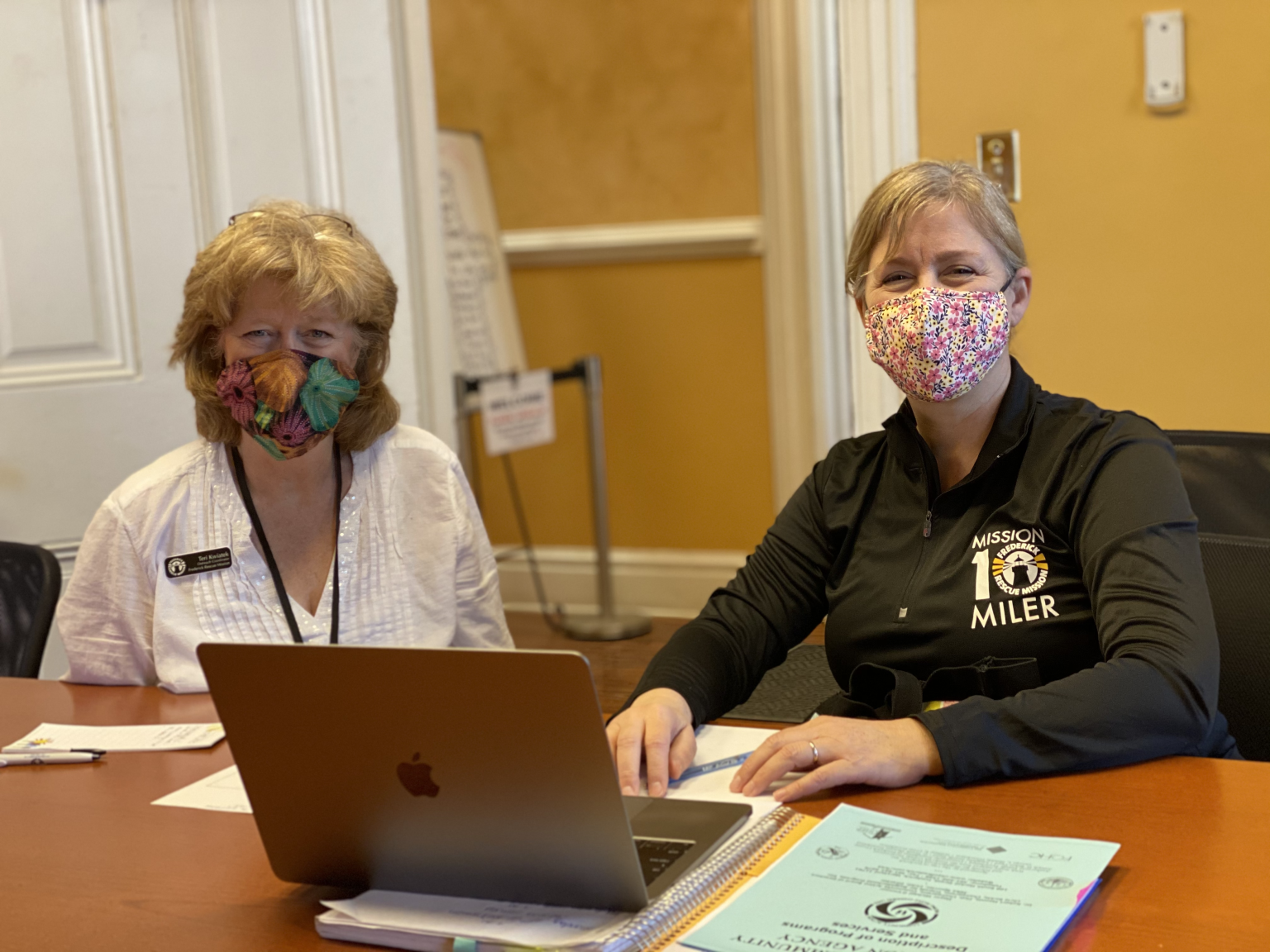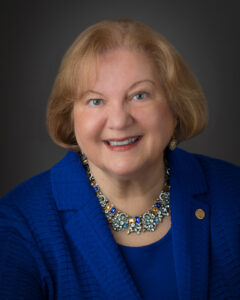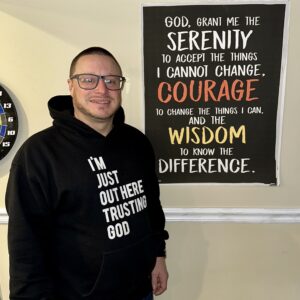This White Paper was prepared by Jennifer Gardner, under the direction of Mellinee Lesley, Ph.D. Jennifer is a student at Texas Tech University College of Education. The paper was prepared for her EDCI 6393 Community Engaged Scholarship Practicum. The Mission is grateful to Jennifer for her work!
Abstract
For over 50 years, The Frederick Rescue Mission has collaborated with a network of
organizations to provide emergency assistance and empower over 2,000 families in Frederick
County. However, complex issues of poverty do not have simple resolutions. Approximately 300
people in Frederick County are currently homeless or living at or below the poverty level.
Unfortunately, COVID-19 and social distancing have altered how service providers and
recipients can communicate and interact. The Frederick Rescue Mission allied with Jennifer
Gardner from Texas Tech University to conduct engaged scholarship to bridge gaps. The team
sought to determine available services, perceived barriers, and solutions. Analysis of the data
revealed that both providers and recipients experienced frustrations due to procedural changes.
The team proposed the following solutions: updated resource lists that target specific needs, clear
communication of changes, and shortened wait times to alleviate some of the stressors.
Introduction
A Community Health Needs Assessment (CHNA) is a requirement for all nonprofit hospitals
under the 2010 Affordable Care Act (Becker, 2015, p. 15). Communities often partner with
institutions that have established trusting relationships with those who utilize these services to
conduct these assessments. These collaborative efforts help to pinpoint community needs and sustain support systems within communities. Unfortunately, COVID-19 delayed the production of a Frederick County 2020 assessment.
As of 2019, approximately 260,000 people lived in Frederick (census.gov) and about a 7%
poverty rate (dataus; Frederick County Healthcare Coalition, 2019). The United Way Asset
Limited, Income Constrained, Employed (ALICE) study (2020) identified 31% of Frederick
County households at economic risk. The report also indicated that minimum wage and gig jobs
have increased since COVID while full-time higher-paying jobs have decreased. Meaning, more
people may be working, but for less money, and their jobs are less stable (Massey, 2018). Due to
poverty, low-income, medical and mental health-related issues, it is estimated that 300 people in
Frederick county are homeless or living at or below the poverty level.
The Frederick Rescue Mission is part of a county-wide coalition to support those experiencing
crisis or are on the cusp of these issues. While the coalition agreed that these services are
necessary, access to services continues to be a barrier for some Frederick County Residents. In
response to feedback they’d received from community members, The Frederick Rescue Mission
was interested in determining which services are still needed and available, which services have
discontinued due to COVID, and what barriers thwart access.
Barriers to Accessing Resources
T he Frederick Rescue Mission partnered with Jennifer Gardner, a student from Texas Tech University, in an engaged scholarship project to answer the following questions:
he Frederick Rescue Mission partnered with Jennifer Gardner, a student from Texas Tech University, in an engaged scholarship project to answer the following questions:
What services are needed in the community?
What services are available in the community?
How do clients contact providers?
What is the process for receipt of these services?
What roadblocks to receiving services do clients/recipients experience?
What are the perceived barriers and perceived solutions?
The Frederick Rescue Mission Engaged Scholarship Team conducted a descriptive study with a
quantitative-qualitative mixed-methods approach using a cross-sectional survey design to
measure community needs and perceptions (Creswell, 2011, p. 378). The study consisted of two
components: 2 surveys and simultaneous informal interviews. An initial survey collected
participants’ general awareness of community resources, utilization habits, and perceived
barriers. The second survey collected data from service providers that may equip recipients as
they seek to access services. Researchers took field notes based upon informal interviews during
survey data collection.
Analysis of the data concluded that many participants and service providers agreed that resources
such as food, clothing, shelter, dental, medical, and various types of assistance were a
community need. The researchers also found that many organizations and services were still
providing these resources. However, it was not easy for agencies to publicize COVID-19
impacted procedures and changes. Communication gaps lead to frustration for providers and
recipients. Services widely implemented automated tellers; not all are user-friendly and tended to
increase levels of frustration. For those who opted for voicemail as a call management solution,
voicemail boxes are often full, and wait times for contact are extended. Prolonging wait time
responses can increase the likelihood of undesirable outcomes for those who are experiencing a
crisis.
Limitations: Our representative sample was taken from a group of people who had access to
full-time or temporary shelter, which excluded populations living on the streets and in vehicles.
Future studies may want to collect data from this population. Day shelter guests were not
included in our survey data collection; however, during informal interviews, they reported that an
inability to acquire identification and lack of access to showers continues to be a barrier to
gaining employment and other much needed resources.
The Use of Technology to Reduce Barriers (proposed solution)
The Frederick Rescue Mission Engaged Scholarship Team proposes the solutions:
1. live operator help desks
2. technology-based system that allows for quick searches based upon caller needs
3. technology-based system for updating service provider information which includes: up to
date contact information, a brief description of available services, necessary
documentation required for recipients, procedures which expected wait time for receipt of
contact and follow-up services
4. technology-based system that automatically updates all dissemination products
5. dissemination of easy-to-read up-to-date services based upon needs
Conclusion
The Frederick Rescue Mission Engaged Scholarship Team sought to understand issues that
impact the community. They identified needs, services, perceived barriers, and solutions
affecting both providers and recipients. They also recognize that the ability to make contact and
time are precious commodities for those experiencing crisis. The team sought to determine
available services, perceived barriers, and solutions through engaged scholarship. Their research
and analysis of the data revealed that both providers and recipients experienced frustrations due
to unexpected changes in communication and procedures. The team proposed updating resource
lists, creating pamphlets that target specific needs, and communicating changes are solutions that
may lead to shortened wait times to alleviate some of the stressors. Additionally, the team met
with other members of The Frederick Rescue Mission support team and office staff to determine
resources and feasibility of implementation. If accepted and feasible, the publishing and
production team experts will support implementing all proposed solutions.






